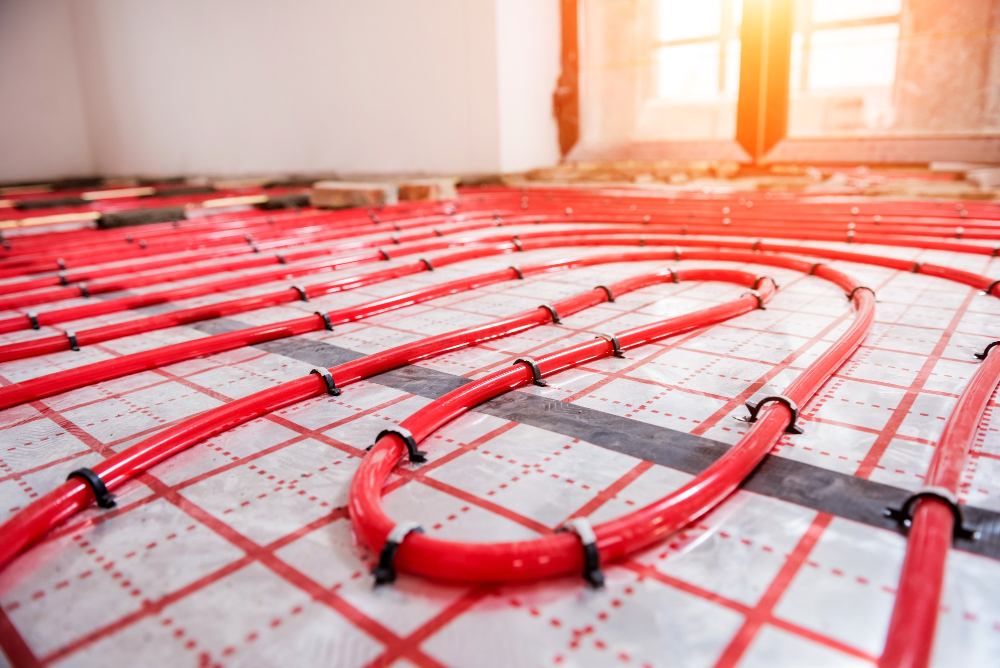Infrared heating has been gaining popularity in recent years as an energy-efficient and cost-effective way to heat residential properties. Unlike traditional heating systems, which heat the air in a room, infrared heating warms up the objects and surfaces within a space, providing a more comfortable and natural feeling of warmth. If you’re considering infrared heating for your home, here’s what you need to know.
Infrared heating works by emitting electromagnetic waves that are absorbed by objects and surfaces within a room. This absorption causes the molecules within the objects to vibrate, generating heat. Because infrared heaters do not heat the air directly, there is no loss of heat through drafts or ventilation, making them more energy-efficient than traditional heating systems.
There are three main types of infrared heaters: ceramic, quartz, and carbon. Ceramic heaters are the most common and are typically used in small spaces or as a supplemental heat source. Quartz heaters are faster at heating up a room and are often used as primary heat sources in larger rooms. Carbon heaters are the newest technology and are the most energy-efficient, making them a great choice for homeowners looking to save on their energy bills.
There are several benefits to using infrared heating in your home. First, it is more energy-efficient than traditional heating systems, which can result in lower energy bills. Second, because it heats up objects and surfaces directly, it provides a more comfortable and natural feeling of warmth. Third, infrared heaters do not produce any noise or emissions, making them a great choice for those who are sensitive to noise or have respiratory issues.
Infrared heaters are relatively easy to install and can be used as standalone units or as part of a larger heating system. They are typically mounted on a wall or ceiling and can be controlled using a thermostat or remote control. Maintenance for infrared heaters is minimal, as they do not have any moving parts that can wear out or break.
While there are many benefits to using infrared heating in your home, there are also some considerations to keep in mind. First, because infrared heaters do not heat the air directly, they may not be the best choice for homes with poor insulation or drafty windows. Second, while they are more energy-efficient than traditional heating systems, they may not be the most cost-effective option for homeowners who live in areas with high electricity rates.
In conclusion, infrared heating is a great option for homeowners looking for an energy-efficient, cost-effective, and comfortable way to heat their homes. By understanding how infrared heating works, the different types of heaters available, and the benefits and considerations of using this type of heating, you can make an informed decision about whether or not it’s the right choice for your home.



